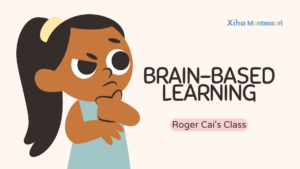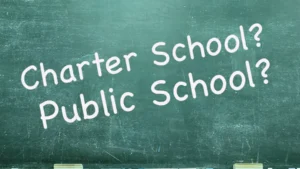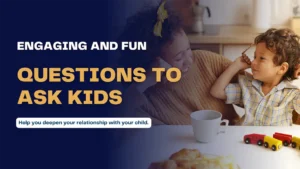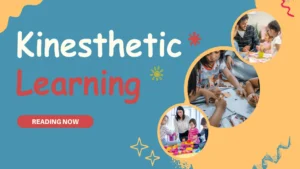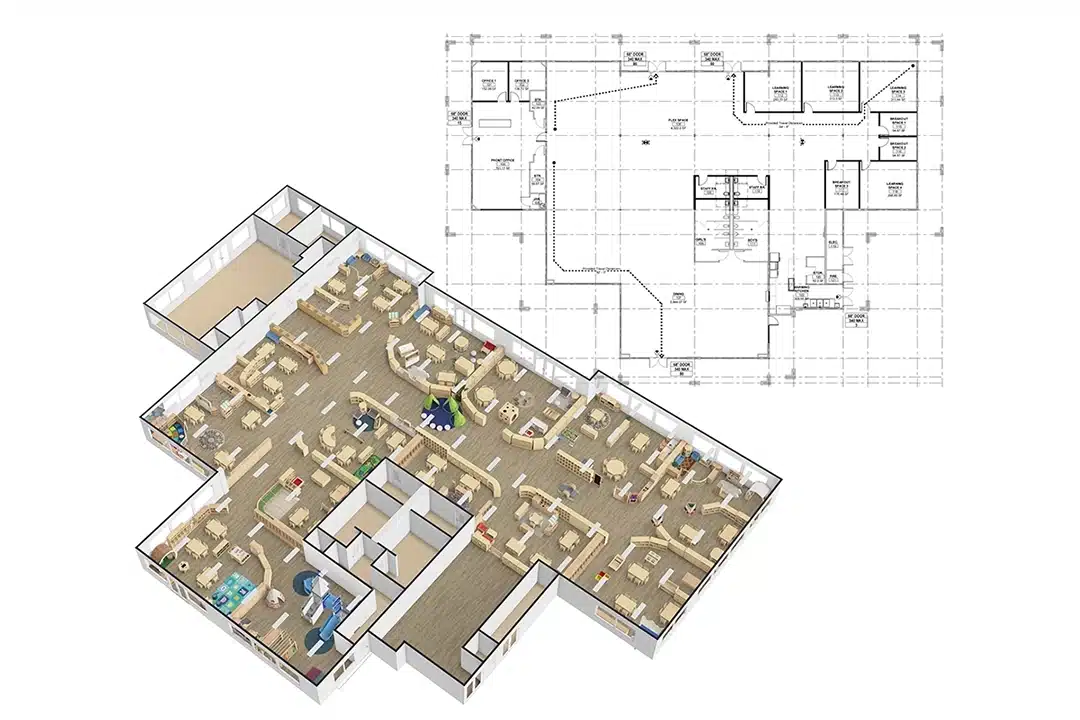Are you trying to decide between opening a preschool or a kindergarten? Do you wonder which classroom setup suits your education model? Or how curriculum goals differ for children aged 3 versus 5? For educators and parents, understanding the differences between preschool and kindergarten is crucial to making the right choice.
Although preschool and kindergarten may appear similar initially, they differ significantly in age groups, educational goals, teaching approaches, and classroom design. Preschool typically introduces foundational social and motor skills, while kindergarten is a transitional stage toward formal academic learning.
Keep reading to uncover the real differences and how each stage benefits your child’s growth.

Definition of Preschool
Preschool is an early childhood education program for children aged 2.5 to 5. It operates before formal schooling begins, emphasizing socialization, emotional development, and basic cognitive skills through structured play, group activities, and exploration. Programs vary in length, structure, and philosophy, but they all aim to give children a gentle introduction to learning in a group setting. Preschool encourages curiosity, cooperation, and communication, helping children acclimate to a routine outside the home.

Definition of Kindergarten
Kindergarten is typically the first official year of compulsory education, usually serving children aged five to six. It acts as a bridge between preschool and elementary school, combining structured academics with continued social-emotional development. While children still engage in playful learning, there is a notable shift toward academic readiness, including literacy, math, and science instruction.
Historical Perspectives on Early Childhood Education
Early childhood education as a formal field emerged during the 19th century, grounded in the belief that children learn best through experiences, imitation, and interaction. Thinkers like Jean Piaget and Lev Vygotsky emphasized the importance of cognitive and social development during the early years, influencing modern preschool and kindergarten models.
Initially, education for young children was informal, often confined to the home. Over time, with increased awareness of developmental psychology, structured programs began appearing globally to support children’s early learning.
The Emergence of Preschool and Kindergarten
Friedrich Froebel pioneered the concept of kindergarten in Germany in the early 1800s. Froebel envisioned a “children’s garden” where young learners could grow through structured play, songs, and games. His model laid the foundation for modern kindergarten programs worldwide.
Influenced by theorists like Maria Montessori and Jean Piaget, preschool programs began gaining traction in the early 20th century. They emphasized developmental milestones, sensory exploration, and social-emotional learning—integral principles today.

Benefits of Preschool and Kindergarten
Preschool is often a child’s first exposure to a group learning setting outside the home. The benefits extend far beyond learning the alphabet or identifying colors. Key advantages include:
Benefits of Preschool Education
Preschool is often a child’s first exposure to a group learning setting outside of the home. The benefits extend far beyond learning the alphabet or identifying colors. Key advantages include:
- Socialization Skills: In preschool, children learn how to communicate with others, share, take turns, and resolve minor conflicts with guidance. This lays the groundwork for emotional intelligence.
- Language Development: Preschool helps expand vocabulary and improve listening and comprehension skills through songs, storytelling, and open-ended play.
- Motor Skills: Activities like stacking blocks, finger painting, and outdoor play support the development of both fine
- Creative Thinking: Children are free to explore, imagine, and create. Activities such as dramatic play, painting, and building with manipulatives allow them to express themselves freely and solve problems.
- Independence and Responsibility: In a Montessori or Reggio-inspired preschool setting, children are often responsible for choosing their own activities, cleaning up after themselves, and managing simple tasks. These small responsibilities help build confidence and autonomy.
- Emotional Regulation: Preschool introduces children to the basics of managing emotions. Through guided interaction and teacher modeling, they begin to understand feelings—both their own and those of others.
- Love of Learning: Preschool is centered around interest-based and play-driven learning, which creates a positive and joyful association with education. When children can learn at their own pace and follow their curiosity, they become lifelong learners.
Benefits of Kindergarten
Kindergarten, by contrast, introduces children to the structure, consistency, and academic expectations that define formal education. It’s a crucial stage in preparing children for the next grade and a successful school experience overall.
- Academic Readiness: Kindergarten helps children transition from play-based learning to structured literacy and numeracy. They begin recognizing letters, sounding out words, counting, and even performing simple addition or subtraction.
- Cognitive Development: Children are ready for more advanced reasoning tasks at this age. Activities such as sequencing, sorting, and pattern recognition stimulate early mathematical thinking and logical problem-solving.
- Routine and Focus: Following a schedule, adhering to classroom rules, and completing multi-step tasks help children develop focus, patience, and the ability to operate within group settings.
- Collaborative Learning: Group work, discussions, and team projects allow children to practice cooperation, communication, and leadership—all essential life skills.
- Preparation for Primary School: Kindergarten sets the stage for Grade 1 and beyond. It strengthens core academic skills and introduces formal assessment tools, giving teachers and parents insight into a child’s readiness for the next level.
- Character Development: Kindergarten programs often emphasize responsibility, respect, and resilience, and they introduce basic social values and habits that shape a child’s long-term behavior.

Differences Between Preschool and Kindergarten
While both preschool and kindergarten play vital roles in early childhood education, they are distinct in their structure, goals, and impact. Parents often wonder which setting best supports their child’s development at different ages. Both offer unique advantages, but understanding how they differ across key areas can help make informed, confident decisions.
1. Age Requirements
Age is one of preschool and kindergarten’s most basic but important differences. It affects the curriculum, behavioral expectations, and the level of independence required from children. Understanding the age brackets for each stage can help parents make developmentally appropriate choices for their children.
Preschool:
Preschool typically enrolls children between 2 to 4 years old. These programs are often flexible with age based on developmental readiness. Some programs accept children as young as 18 months. Enrollment is usually not mandated by the state, making it optional and often private or community-based.
Kindergarten:
Kindergarten generally serves children who are 5 or turning 5 by a specific cutoff date (usually between August and December, depending on the region). It is often the first year of compulsory education in public schools, marking a formal entry into the academic system.
2. Curriculum Structure
How lessons and learning experiences are organized varies significantly between preschool and kindergarten. Preschool is exploratory and flexible, while kindergarten uses a more defined academic framework to guide children toward educational milestones.
Preschool:
Preschool curricula are centered around child-led exploration. Thematic units focus on colors, animals, seasons, or community helpers, and they are presented through songs, crafts, and interactive play. There is no strict pacing, allowing children to learn at their own developmental level.
Kindergarten:
Kindergarten follows a more academic curriculum with clear reading, writing, math, and science goals. Lessons are structured into time blocks, often with objectives tied to state standards. Activities include phonics, sentence writing, counting, and beginning problem-solving.

3. Educational Goals and Methods
The overall purpose and instructional approach in preschool versus kindergarten diverge significantly. Preschool emphasizes developmental readiness, while kindergarten builds academic and behavioral competencies.
Preschool:
Educational goals focus on nurturing creativity, emotional regulation, and social interaction. Teachers use guided play, sensory bins, storytelling, and music to support development. Flexibility and choice are integral, allowing children to explore independently.
Kindergarten:
Kindergarten goals revolve around preparing students for elementary school. Teachers use direct instruction, group projects, and guided reading. Instruction is more formal, though creativity and engagement remain vital tools in reinforcing learning.
4. Teacher Qualifications
The training and credentials required for educators differ between preschool and kindergarten. While both require a deep understanding of child development, kindergarten teachers often face stricter certification standards.
Preschool:
Educators may hold early childhood certificates, associate degrees, or even specialized child development training. Requirements vary by state and type of program. Many private preschools value experience and passion more than formal credentials.
Kindergarten:
Kindergarten teachers are usually licensed professionals with a bachelor’s degree in education. They must pass state exams and often complete internships or teaching residencies. Public schools adhere to strict hiring and certification criteria.
5. Length of Instruction
The structure of the school day greatly impacts a child’s experience and readiness. While preschool tends to offer flexible hours, kindergarten usually follows a traditional full-day schedule.
Preschool:
Preschool schedules range from two to five days a week, and daily hours may vary between two-hour sessions to full-day care. Programs often offer morning or afternoon options designed to suit family needs rather than adhere to strict academic pacing.
Kindergarten:
Most kindergarten programs run full days, five days a week. Some districts still offer half-day kindergarten, but full-day has become the standard in many areas to allow time for academic instruction, specials (like art and music), and social development.
6. Skills Acquired
Both preschool and kindergarten are crucial in developing essential skills, though the focus and complexity of those skills differ. Preschool prepares the groundwork, while kindergarten sharpens and expands it.
Preschool:
Children gain foundational skills, including turn-taking, listening, emotional expression, fine motor control (e.g., cutting and drawing), and basic concepts like shapes, numbers, and letters. The emphasis is on developmental progress over academic mastery.
Kindergarten:
Children must build reading fluency, understand addition and subtraction, form complete sentences, and begin scientific observation. There is also a strong focus on attention span, task persistence, and following multi-step instructions.

7. Learning Environment
The physical classroom environment influences how children interact, learn, and behave. Preschools are designed for comfort and discovery, while kindergarten classrooms integrate more academic structure.
Preschool:
Rooms are open and colorful, divided into learning centers like dramatic play, sensory exploration, block building, and reading corners. The furniture is low, and the materials are designed for tactile engagement and safety.
Kindergarten:
Classrooms resemble elementary school setups with desks or small tables, a whiteboard or smartboard, and subject-specific learning areas. Materials are still child-friendly but support more focused academic activities and teacher-led instruction.
8. Assessment
Evaluating progress helps tailor instruction and monitor development, but the type and intensity of assessment differ between preschool and kindergarten.
Preschool:
Assessment is informal and observation-based. Teachers track developmental milestones through portfolios, checklists, and anecdotal notes. The focus is on recognizing speech, social behavior, and motor development progress.
Kindergarten:
Formal assessments are used to measure academic performance. These may include reading-level tests, math worksheets, writing samples, and standardized screening tools. Report cards and parent-teacher conferences are used to communicate results.

9. Classroom Facilities and Resources
The design and resources of learning spaces reflect the stage of development they support. Preschool and kindergarten environments cater to young learners but with distinct differences in classroom furniture and organization.
Preschool:
Facilities often include child-sized restrooms, nap areas, cubbies, and outdoor playgrounds. Classrooms emphasize hands-on manipulatives, picture books, musical instruments, and sensory tables.
Kindergarten:
Facilities are part of a formal school system and include access to libraries, gyms, computer labs, and cafeterias. Classrooms are stocked with leveled readers, math manipulatives, educational software, and more advanced writing tools.
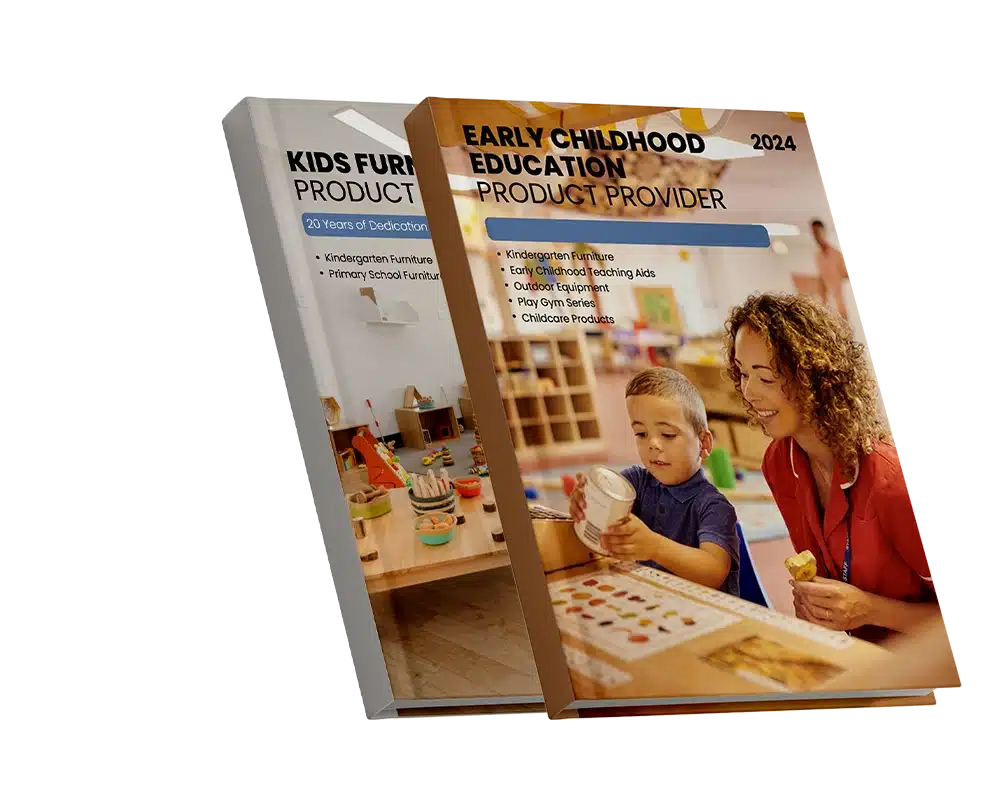
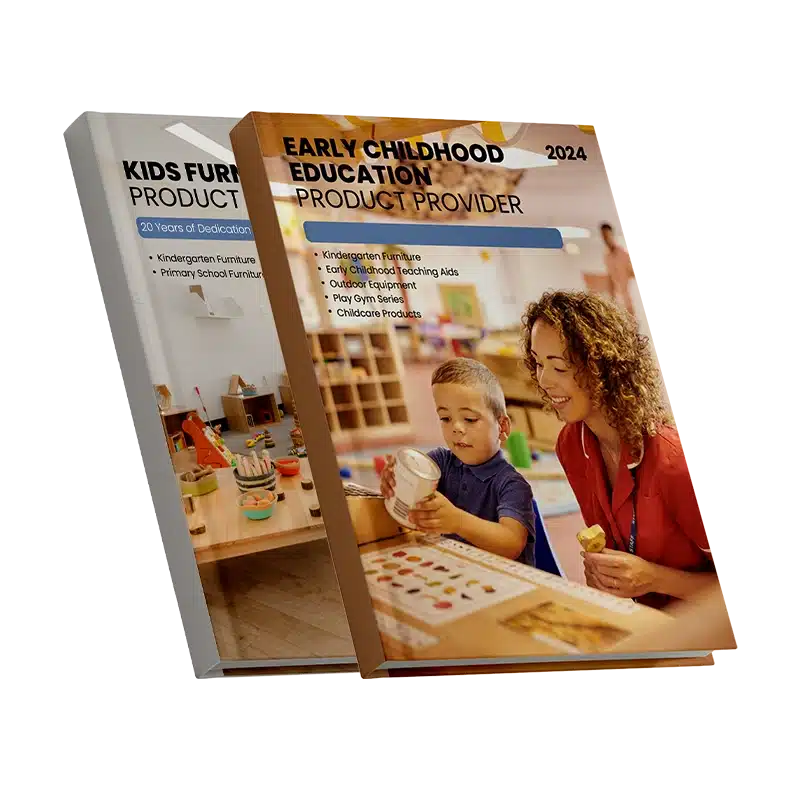
10. Parent Involvement
Parental engagement plays a critical role in a child’s educational success. Both preschool and kindergarten welcome it, but the nature and extent of involvement differ.
Preschool:
Parent involvement is often direct and active. Families may participate in classroom events, volunteer for activities, contribute snacks and have frequent informal chats with teachers. Communication is warm and frequent.
Kindergarten:
Involvement becomes more structured and may include scheduled conferences, PTA meetings, and homework support at home. Teachers communicate through digital portals, newsletters, and periodic progress updates.

Similarities Between Preschool and Kindergarten
While often discussed in contrast, preschool and kindergarten share several important similarities. Both are foundational early education programs that emphasize whole-child development—nurturing emotional, social, and cognitive growth. In both settings:
- Play is a critical learning tool. Whether it’s puzzles, building blocks, or imaginative play, both environments rely on interactive methods to develop critical thinking, problem-solving, and social-emotional skills.
- Routine and structure are introduced. Although preschool has a more flexible schedule, both levels introduce children to daily routines like snack time, group activities, and quiet time, which help build time awareness and independence.
- Development of language and communication. Teachers at both levels foster verbal expression through storytelling, singing, questioning, and peer interaction.
- Encouragement of peer relationships. Preschool and kindergarten allow children to engage in cooperative play, practice sharing, and resolve conflicts—essential for lifelong social success.
What Are the Expectations for Preschool and Kindergarten?
Preschool and kindergarten differ in their expectations of children, largely due to developmental stages and academic readiness. Understanding these expectations helps parents ensure their child is adequately prepared for each level.
In preschool, expectations are focused on the basics:
- Learn to separate from parents without distress.
- Follow simple instructions.
- Begin expressing needs and emotions verbally.
- Participate in group activities and routines.
- Start recognizing colors, shapes, letters, and sounds.
In kindergarten, the bar is slightly higher:
- Sit and engage for longer periods.
- Begin reading sight words and simple sentences.
- Count, recognize numbers, and perform basic math tasks.
- Follow multi-step instructions.
- Work in teams and complete guided academic activities.

Differences Between Preschool and Kindergarten from the Perspective of Parents
From a parent’s perspective, preschool and kindergarten may look similar, but their underlying purposes and daily operations vary widely. Parents often assess these programs based on several factors: learning environment, communication style, curriculum intensity, and emotional demands on their child.
In preschool, parents usually experience more direct involvement—helping with snack time and classroom events and maintaining frequent communication with teachers. The atmosphere tends to be nurturing and flexible, designed to accommodate various developmental levels.
Parents may notice a shift toward more formal communication in kindergarten through school platforms and structured parent-teacher conferences. The curriculum becomes more standardized, and the emphasis on measurable outcomes increases. Homework may begin, and attendance policies may be stricter.
This shift from preschool to kindergarten often marks the first significant transition in a child’s educational journey, not just for the child but also for the parents.
Things to Consider Before Enrolling Your Child in Kindergarten and Preschool
Choosing the right environment depends on numerous personal and developmental factors. Parents should assess not only their child’s readiness but also their expectations and the nature of the program.
Age and Developmental Stage
Your child’s age and maturity level should guide your choice. Some children may be chronologically old enough for kindergarten but emotionally better suited for preschool. Pay attention to how your child handles separation, adapts to new routines, and engages with peers.
Basic Skills
Can your child follow simple instructions? Use the bathroom independently? Sit still for short periods? These foundational skills are essential for both environments, though kindergarten typically requires a higher degree of independence.
Social Skills
Observe your child’s ability to interact with peers—sharing, cooperating, and expressing emotions appropriately. If your child needs more practice with these, a nurturing preschool setting can offer the right environment before entering the more structured world of kindergarten.
Academic Skills
While preschool gently introduces academic exposure, kindergarten moves toward more structured learning. Before enrolling, consider whether your child shows interest in books, basic counting, drawing letters, or understanding simple concepts.
School Philosophy and Curriculum
Every program has a teaching philosophy—Montessori, Reggio Emilia- play-based or academic-focused. Parents should evaluate whether a preschool or kindergarten aligns with their values, whether it emphasizes creativity, structure, independence, or academics.

Transition to Formal Education
Kindergarten is the final step before primary school; its design should support that transition. Children move from playful exploration to structured routines and from teacher-facilitated learning to guided instruction. This process must be gradual, intentional, and child-focused.
Transitioning from early childhood programs to formal education is a significant milestone. Preschool prepares children by introducing them to the classroom dynamic, routines, and basic social interaction. Kindergarten builds on this, preparing them for the expectations of first grade and beyond.
Many schools offer orientation sessions, readiness assessments, and parent workshops to ease this transition. It’s essential that children feel emotionally secure and confident when entering a more structured environment. Parents can support this by creating consistent routines, discussing school positively, and reading books about school transitions.
Schools that recognize this period as emotionally and cognitively significant often design bridge activities, like gradual full-day introductions or kindergarten readiness classes. These efforts leap formal education smoother and less overwhelming.
FAQs About Preschool and Kindergarten
- Is preschool mandatory before kindergarten?
No, preschool is not mandatory, but it can help ease the transition to kindergarten by developing early social and cognitive skills. - What age should my child start preschool?
Most children start between 2.5 to 4 years old, depending on readiness and program requirements. - How do I know if my child is ready for kindergarten?
Look for signs like following instructions, recognizing letters and numbers, managing basic self-care, and showing curiosity in learning. - Can a child go straight to kindergarten without preschool?
Yes, many children enter kindergarten without attending preschool, though early learning environments can provide helpful preparation. - Do preschool and kindergarten teachers have the same qualifications?
Not necessarily. Preschool teachers often need early childhood certifications, while kindergarten teachers usually require a degree in education and state licensure. - Is kindergarten mandatory?
In many places, kindergarten is the first year of mandatory education, but requirements vary by state or country. - How can I support my child’s transition to kindergarten?
Establish routines at home, encourage independence, and talk positively about school to build confidence and readiness. - Do preschool and kindergarten use the same classroom setup?
No. Preschool classrooms are more open and play-centered; kindergarten classrooms are more structured with learning zones. - Can a Montessori or Reggio approach be used in both preschool and kindergarten?
Yes. Both approaches work well in either stage, with age-appropriate adaptations in materials and instruction. - What’s the main purpose of preschool?
Preschool focuses on social development, play-based learning, and early exposure to routines and group settings.
Conclusion
Choosing between preschool and kindergarten—or understanding how they work together—is not just about age or academics. It’s about your child’s unique readiness, temperament, and developmental path. Preschool is where curiosity is sparked and independence is gently nurtured. Kindergarten is where that foundation is built with structure, skills, and academic introduction.
Rather than comparing them as competing options, see them as stepping stones on your child’s learning journey. By understanding what each offers, you can confidently guide your child through the most formative years of their educational life.




